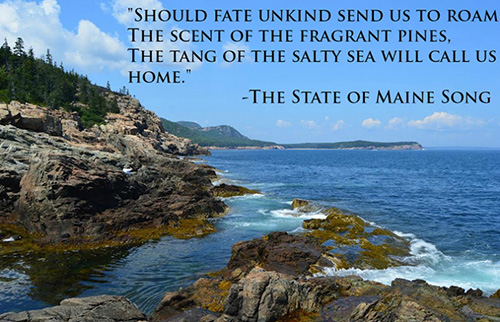State History
Following the Revolution, frontier settlers who resented being ruled from Boston pressed for separation from Massachusetts. Coastal merchants, who held the balance of political power at the time, resisted the separation movement until the War of 1812 showed that Massachusetts was unable or unwilling to provide adequate protection for the people of the district against British raids.
With popular sentiment unified behind statehood, the seperation movement went forward. Congress established Maine as the 23rd state under the Missouri Compromise of 1820. This arrangement allowed Maine to join the Union as a free state, with Missouri entering a year later as a slave state, thereby preserving the numerical balance between free and slave states in the nation.
State Symbols
The moose is the largest member of the deer family in the world. In North America it is found in wooded areas of Canada and the northern United States.
A bull may stand more than six feet high at the shoulder and weigh more than 1,400 lbs. The males bare enormous, broad, flattened antlers with prongs, or tines, which can attain a spread of five feet or more. The antlers are shed each year after the mating season.
Moose generally are solitary, although they may form into small bands in winter and trample down the snow where good cover exists, making a moose yard where the animals stay while the food lasts.
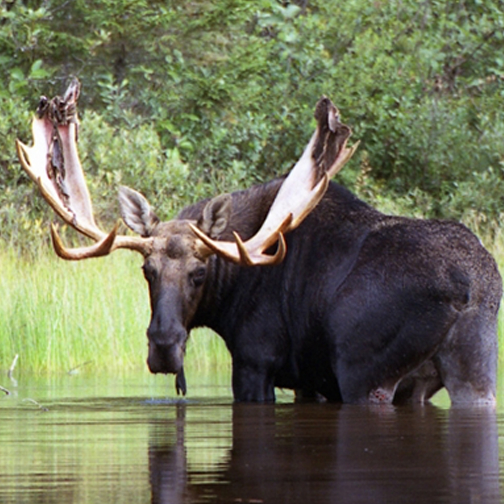
Wild blueberries are harvested from late July to early September in Maine. Harvesting is still mainly done by hand rake - a close-tined special rake invented more than a century ago by local Downeaster Abijah Tabbutt. It has undergone minor modifications since then. The secret is in the wielding of the rake - a special pushing and twisting motion of the wrists designed to tease the ripe berries from their grasp of the bush without crushing them. Hand raking is increasingly being replaced by mechanized harvesting. Although the technology is getting very good, hand raking will always have its place due in large part to the hilly and rocky terrain on which a lot of wild blueberry patches are found.
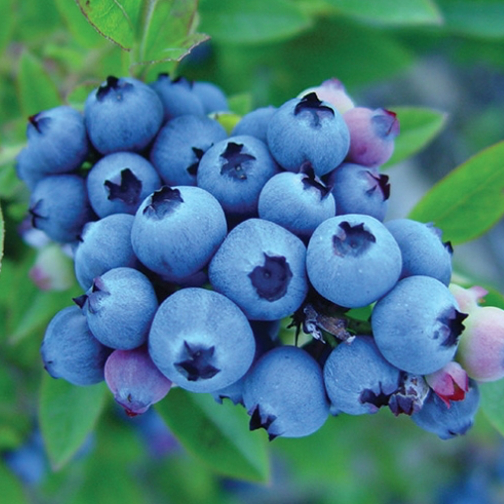
Recognized in 1927 as the official state bird, the black-capped chickadee does not migrate and is a common sight in the woods and on backyard bird feeders in the state throughout the year.
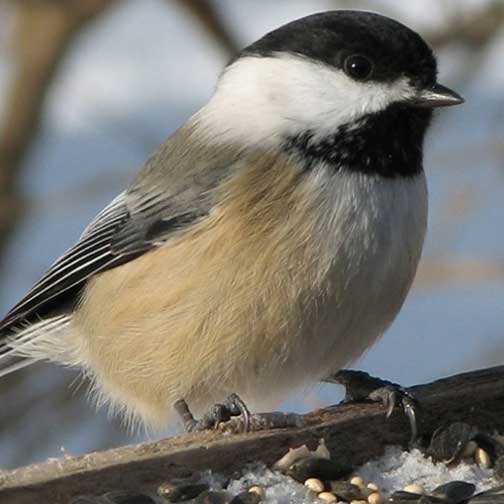
Incorporated first as Harrington, Augusta formally changed its name on June 9, 1797. The town was designated the capital of Maine in 1827 and was incorporated as a city in 1849.
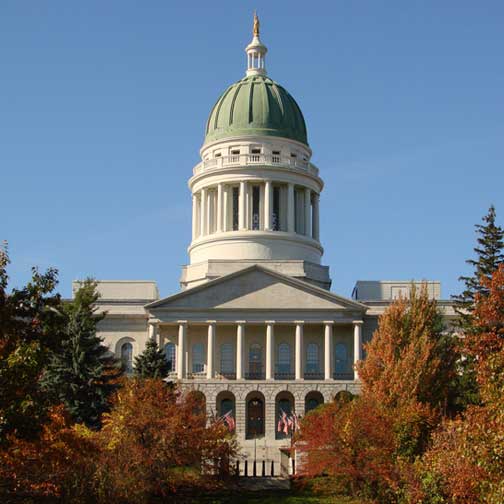
Known for its long, flowing coat and intelligence, the Maine Coon is one of the most popular breeds of cat in the world. The origins of this cat are unknown and are linked to legends surronding notable figures in history such as Marie Antoinette, Captain Charles Coon, and the Vikings.
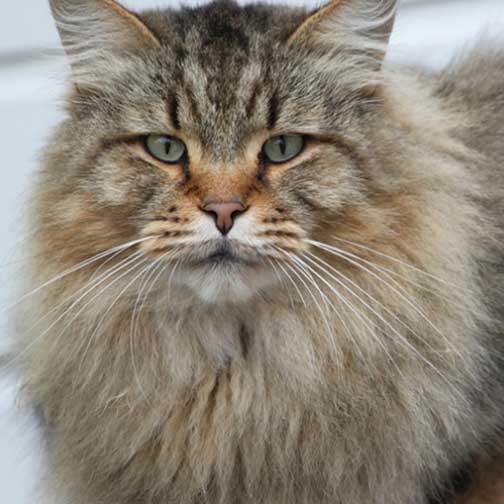
Landlocked salmon, a subspecies of Atlantic salmon, live in the lakes and rivers of Maine without ever descending into the ocean. Landlocked salmon attain a maximum weight of about 35 lbs and are one of the most sought after prizes for both professional and amateur fishermen alike.
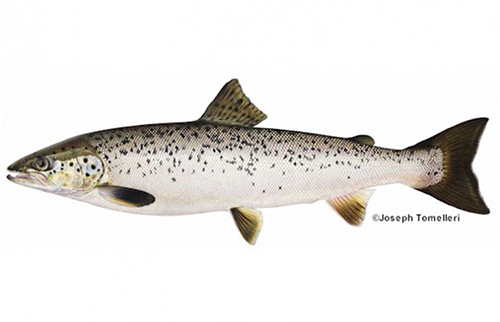
The Great Seal of the State of Maine is placed on a blue field of the same shade of blue as the flag of the United States. It was adopted by the Legislature in 1909.
The state seal is a shield adorned with an image of a moose resting in a field bordered by ocean and forest with a pine tree directly behind. On one side of the shield, a farmer rests on his scythe, and on the other side, a sailor leans on an anchor. Above is the motto "Dirigo" meaning "I lead," and an image of the North Star Polaris. Below the shield is a banner that reads "Maine." In 1919 the legislature made it law that the design of the seal should no longer vary, and it is still used today.
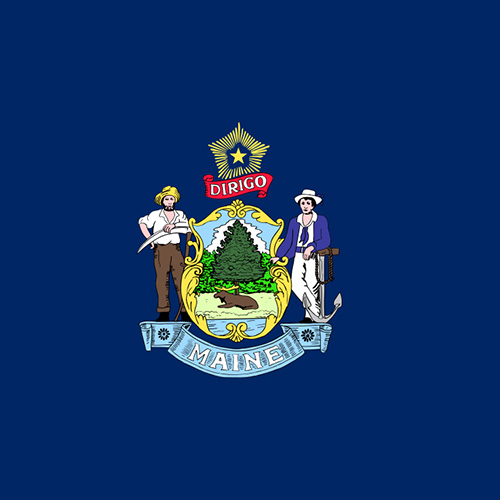
The white pine cone and tassel was adopted as the state flower of Maine by the legislature in 1895. The White Pine is considered to be the largest conifer in the northeastern United States.
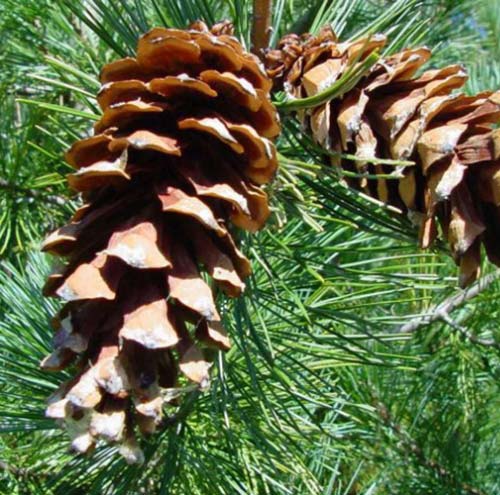
Tourmaline is classified as a semi-precious stone, and the gem comes in a wide variety of colors. Discovered in Maine in 1822, tourmaline was mined heavily. In the early 20th century, Maine was one of the world's largest producers of the gem.
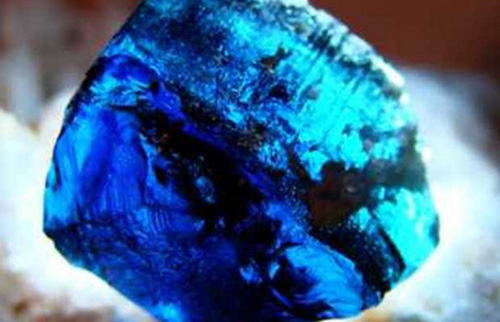
Mount Katahdin was protected by Governor Percival Baxter in the 1930s as the centerpiece of Baxter State Park. As the northern terminus of the Appalachian Trail, Katahdin inspires hikers and photographers as a symbol of our state. Climbing the peak is often deemed a right-of-passage for many Mainers.
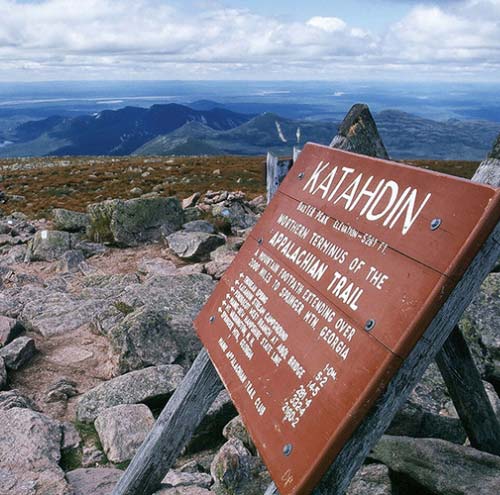
The honey bee was recognized as the official state insect of Maine in 1975 because of the importance of the species' pollination techniques to Maine's agriculture.
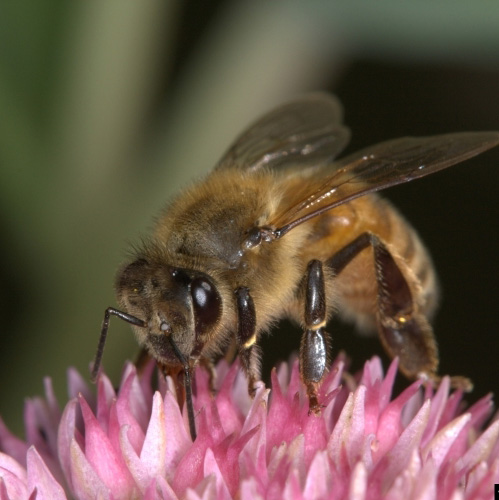
According to the 2020 Census, Maine's population is 1,362,359.
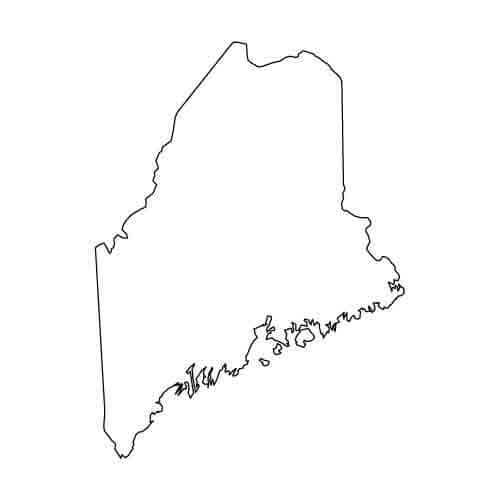
Words and music by Roger Vinton Snow
Grand State of Maine, proudly we sing
To tell your glories to the land
To shout your praises till the echoes ring
Should fate unkind send us to roam
The scent of the fragrant pines,
The tang of the salty sea will call us home.
Oh, Pine Tree State
Your woods, fields and hills
Your lakes, streams and rockbound coast
Will ever fill our hearts with thrills
And tho' we seek far and wide
Our search will be in vain
To find a fairer spot on earth
Than Maine! Maine! Maine!
